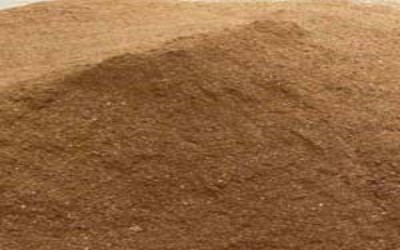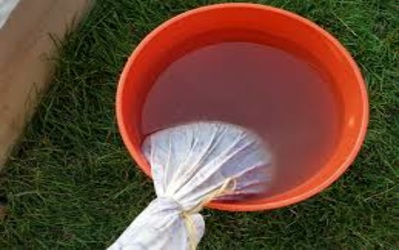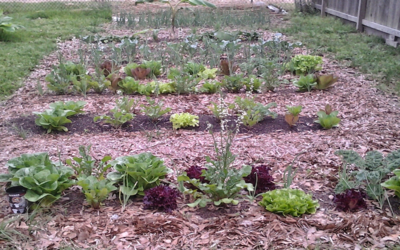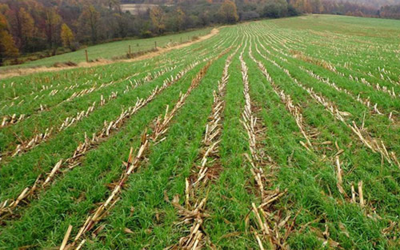
Calcium Fertilize
Foliar feeding with calcium fertilizer (the uses of calcium-rich fertilizer to the plant leaves) may makes the difference between a good crop of tomatoes to fruit with blossoming and rot, or gorgeous Granny Smith apples becomes bitter ones. Let’s learn more about making and using a calcium foliar spray for plants.
Why Use Homemade Calcium Rich Foliar Spray?
Calcium foliar spray gives essential calcium to the plants, preventing leaf necrosis, small brown roots, fungal issues, weak stems and stunted growth. Making calcium spray for plants will increase cell division, an important component, especially in those rapid growers such as: – Tomatoes, sweet potatoes, and maize increase. Although it is true that acidic soil have a decreases amount of calcium compared to more alkaline soils, pH is not a true reflection of the necessity for foliar feeding with calcium but may be used as a general guideline.
Homemade Calcium Rich Foliar Spray: –
While commercial calcium foliar spray may be purchased. This is less expensive, and just as easy to make a homemade calcium rich foliar spray with ingredients already in the home or garden. If you are experiencing any symptoms above of the plant or have soil pH tested and there is a lack of calcium, now is a good time to learn how to make your calcium fertilizer.
1. Egg Shell
Foliar feeding with Calcium Rich Eggshells plants require a proportion of calcium and magnesium for plants. When one goes up, the other goes down. Using your compost, which is usually rich in calcium or can be In modified with the addition of lime or eggshells, which is a good way to increase the calcium levels in growing plants. Another way to accomplish this goal is to make calcium spraying for plants with egg shell.
Preparation method-
1. To make calcium spray for plants with egg shell, boil 20 eggs in a covered pan of 1 gallon of water.
2. Bring to a rolling boil, remove from heat.
3. Leave it for cool 24 hours.
4. Filter the water of shell fragment and collect it an airtight container and keep it cool and dark place.


2. Foliar feeding with calcium rich seaweed
Particularly rich in bromine and iodine, seaweed is also rich in nitrogen, iron, sodium and calcium.
how to make your own calcium fertilizer out of seaweed?
1. Collect the seaweed (if legal to do so where you are) or buy at the garden store.
2. Wash this seaweed thoroughly.
3. Chop up the seaweed and cover with 2 gallons of water in bucket.
4. Leave it for a few weeks with fermented lid for fermentation, and then filter it.
5. Cover loosely, ferment for a few weeks, and then strain.
6. Dilute 2/3 cup to one gallon of water to make a calcium foliar spray.

3. How to make your own calcium fertilizer from Chamomile
Chamomile flower is the sources of calcium, potash and sulfur.
It is also good for dumping preventing off and many other fungal issues.
Preparation method:-
1. Pour 2 cups of boiling water over ¼ cup chamomile (or you can use chamomile tea).
2. Leave this mixture until cool.
3. strain and place in spray bottle.
4. We can store this mixture for a week.
5. Use this mixture for foliar spray on the plants.


Poonam Singh
Poonam Singh, M.Sc.(Bio-Chemistry), Content writer, Self Shiksha, Lcoatips, Candidviews, Quikpills and Former Research Director at NEEW




